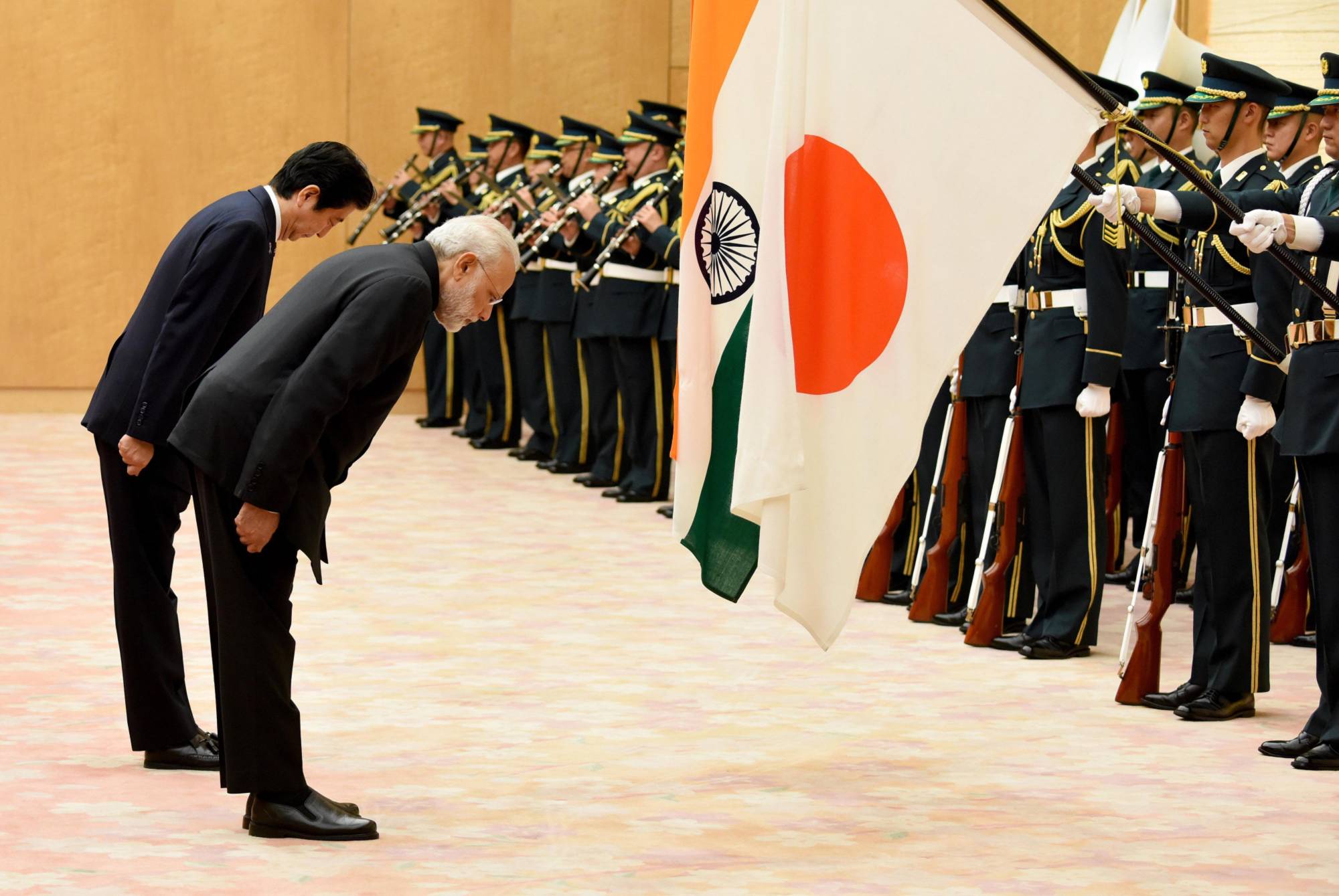No matter how the domestic debate in Japan evaluates Shinzo Abe’s stint as the nation's longest-serving prime minister, he will leave a strong legacy for successfully crafting the quadrilateral security dialogue process in the Indo-Pacific region. The Quad consists of the United States and its major allies in Asia — Japan, India and Australia.
If Abe’s “Confluence of the Two Seas” speech in the Indian Parliament on Aug. 22, 2007, momentously explicated the birth of the Indo-Pacific narrative for years to come, his “democratic security diamond” proposition in 2012 underpinned the formalization of Quad 2.0 in later years.
While such foreign policy laurels distinguish Abe from his predecessors, it needs to be seen to what extent Abe has succeeded in cementing the Quad process — from Quad 2.0 to the "Quad plus" narrative — in order to strengthen Tokyo’s security stance internationally. In other words, how does a Quad plus framework compliment Abe’s security doctrines in a contested Indo-Pacific region?



















With your current subscription plan you can comment on stories. However, before writing your first comment, please create a display name in the Profile section of your subscriber account page.